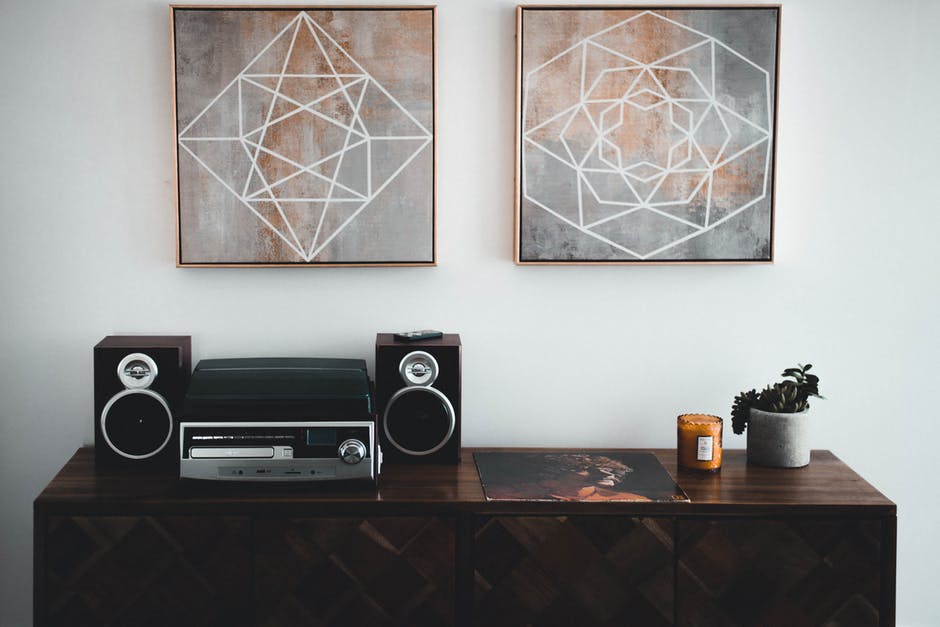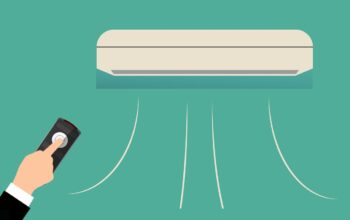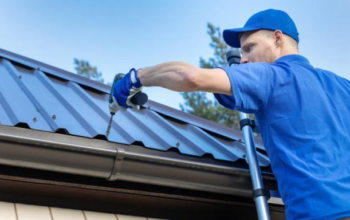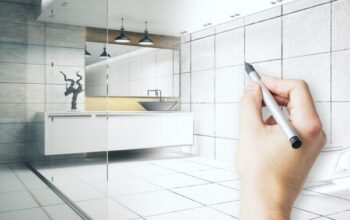Sometimes your neighbors become too noisy, and you cannot get some peace. You may have a next door neighbor who watches football at full volume, or your husband may be firing up the table saw in the garage.
If this is the case, you need to muffle all that noise to be able to focus on your own tasks. Soundproofing your walls will give you peace and restore some sanity in your household. You will need to reduce vibrations, plug sound leaks, and absorb sounds to quiet your home.
Here are five tips to soundproofing your walls.
- Extra Drywall. Every sound is a vibration. You need to use heavy, dense materials that will stop noise in its tracks to kill the waves. Heavy brick and stone are a great option, but they are impractical for retrofitting your interior walls. The best alternative is to add an extra layer of drywall to build up a thick, sound-deadening barrier. You do not have to add the layer everywhere. Just concentrate on the noisy rooms. Finish by repainting your new drywall and maybe extend electric outlets.
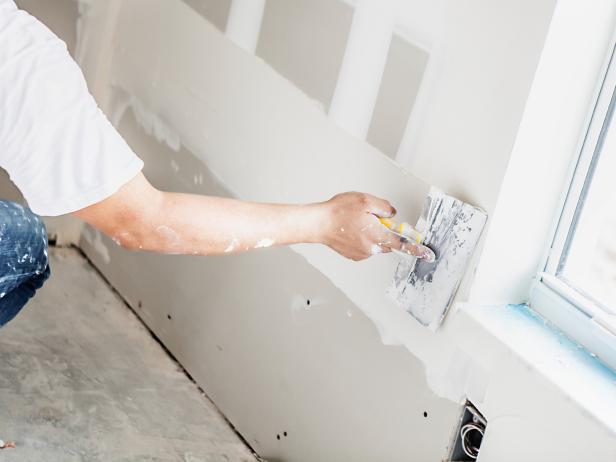
- Acoustic Panels. Acoustic panels are great for absorbing sounds before they bounce off walls and ceilings. The panels are created to improve sound inside a room such as a home theater. Nevertheless, they are also helpful in reducing sound transmission through walls. The panels are made of porous expanded polypropylene (PEPP), and they come in a variety of sizes and thickness. Some manufacturers provide custom-printed fabrics that turn your sound blocking into a piece of wall art. The installation is DIY since you only need clips or Velcro to attach the panels.
- Fill the Empty spaces. You may have lived in a huge room with little furniture and noticed the annoying echoes in these rooms. If you are living in such a house, try filling the room with some beautiful furniture to reduce the echo. You can look for closets and bookshelves since they work as good insulators.
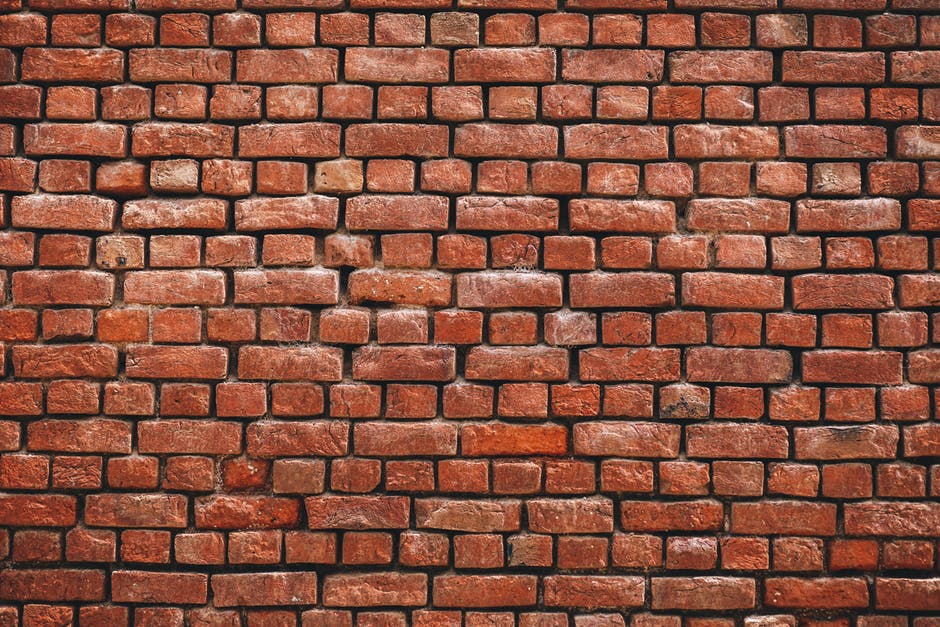
- Foam Mats. Foam mats are an alternative to installing drywall. The mats are easy to install, and they do not need any construction. The mats work as insulators preventing both noise and thermal noise. Foam mats contain rubber foam, they are light, and they are resistant to petrol; and oil. Unlike other polyurethane foams, these mats do not release any odors. The mats are also adhesive on their back, and they are easy to stick on walls.
- Plug Sound Leaks. Pretend that sound is like water. If you have water leakage in your home, you look for a way to seal the leakage. The same case applies to sound. You need to plug the leaks to stop the sound. Buy some acoustic sealant and use it around any gaps between your overhead lighting fixtures, door casing, and switch boxes.
These tips provide you with a fast and straightforward solution to your noise issues. You can do most of them by yourself or with a little help from your friends. For more information on soundproofing, you can visit soundproofpanda.com.
Related Posts

Loves home. I am here to provide how to make your home a much better place. 🙂 Blogging about HomeDecor, Home Improvements and more.
